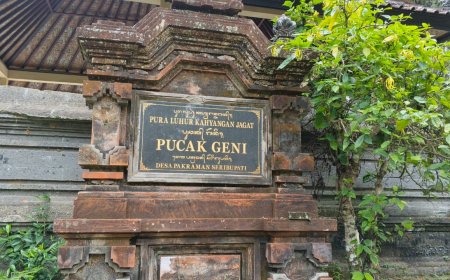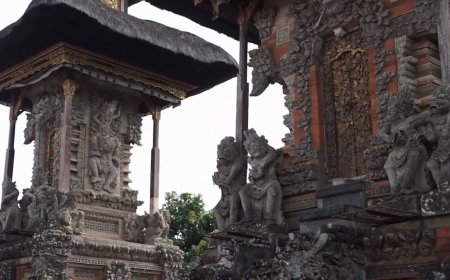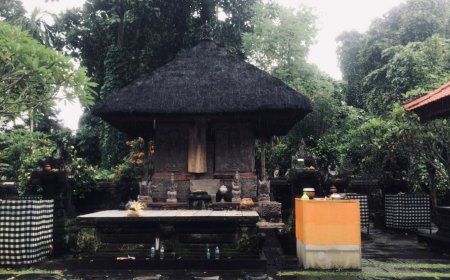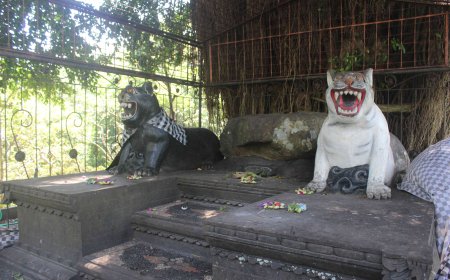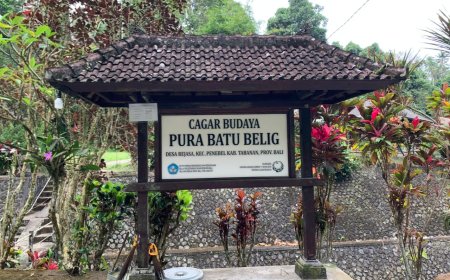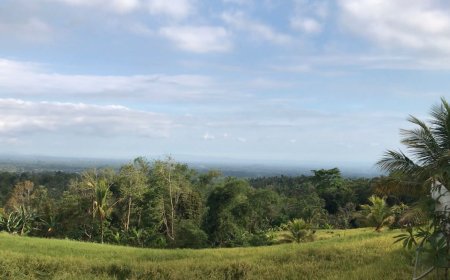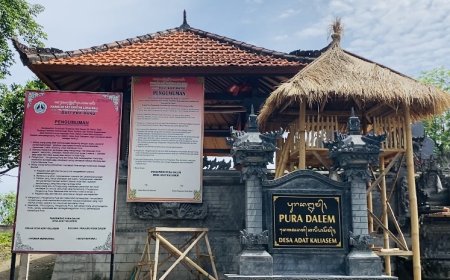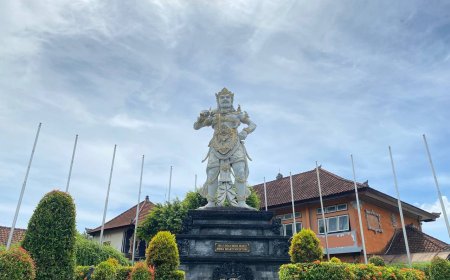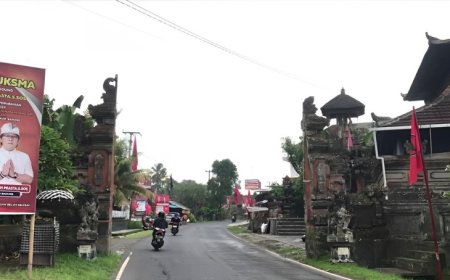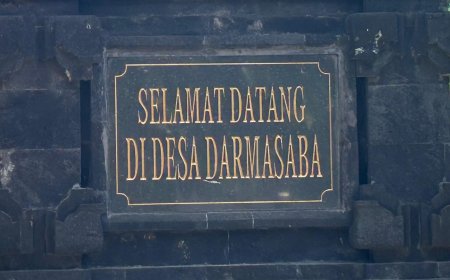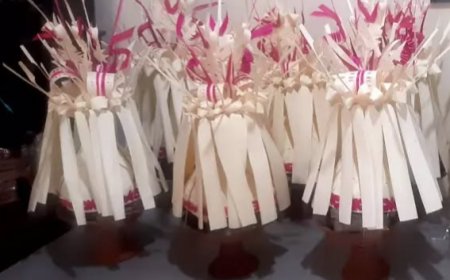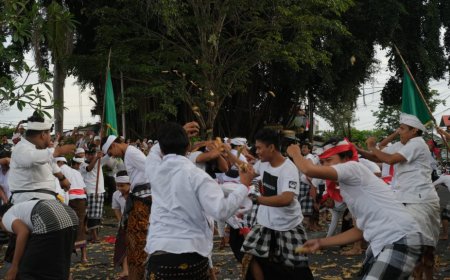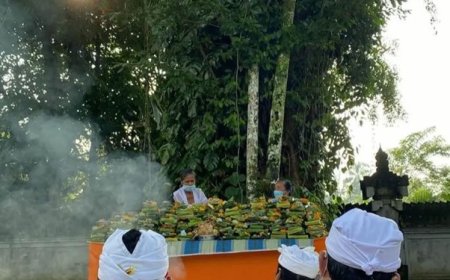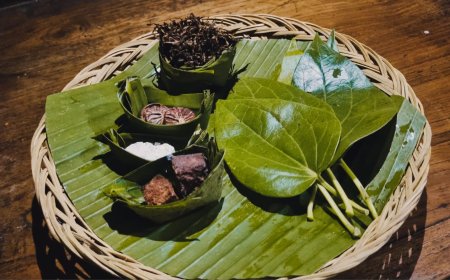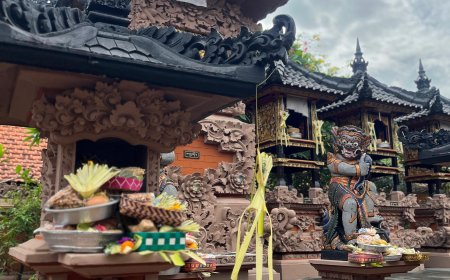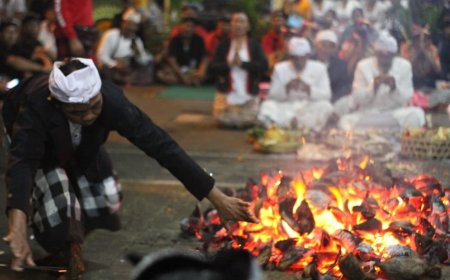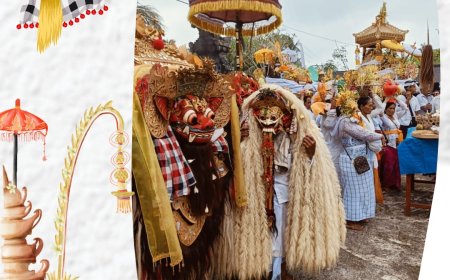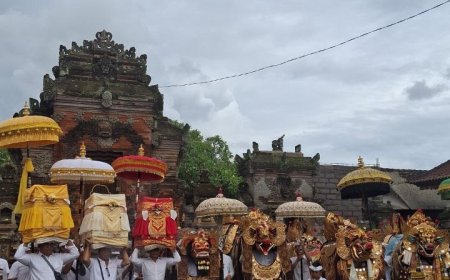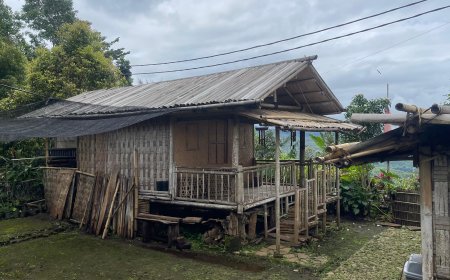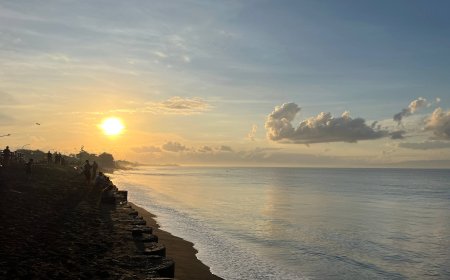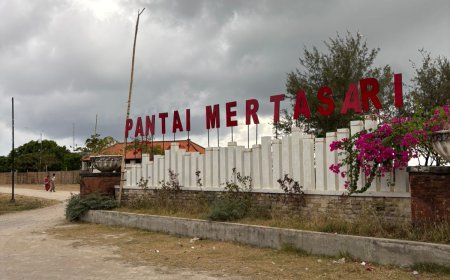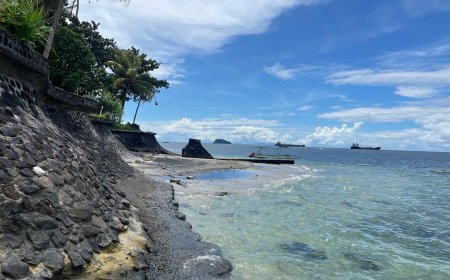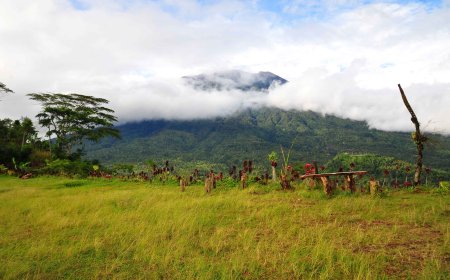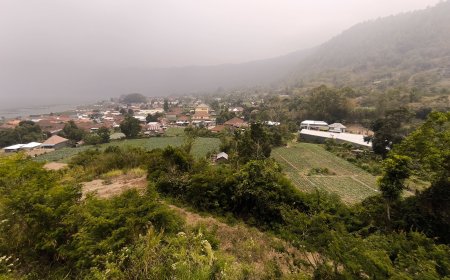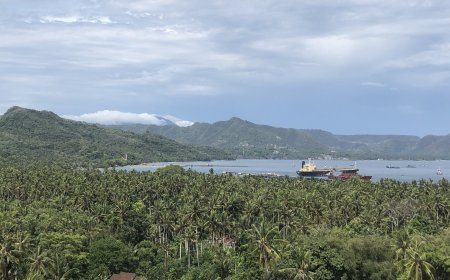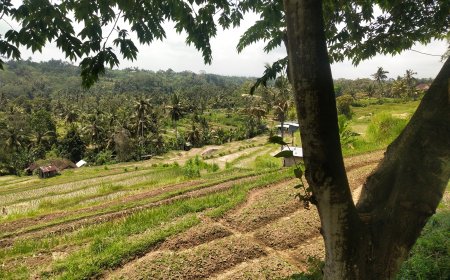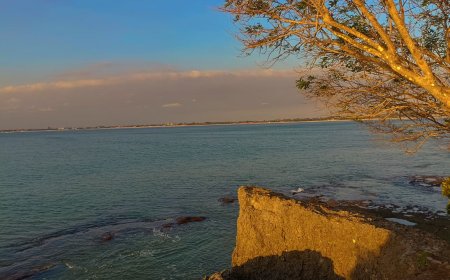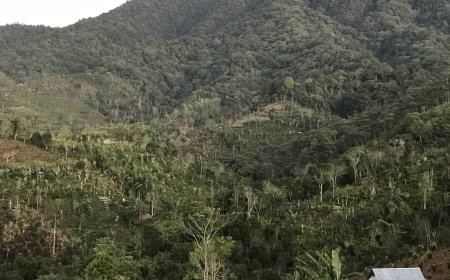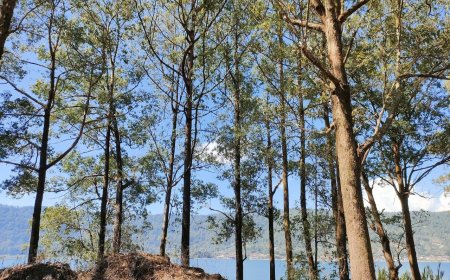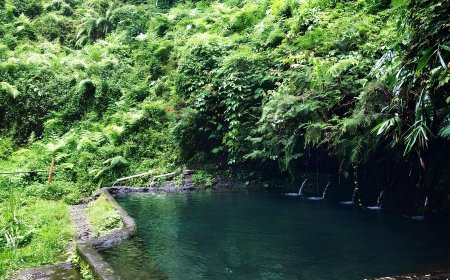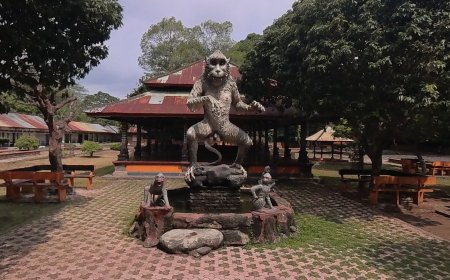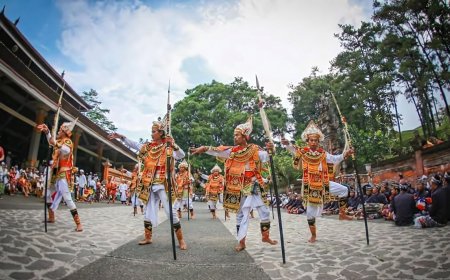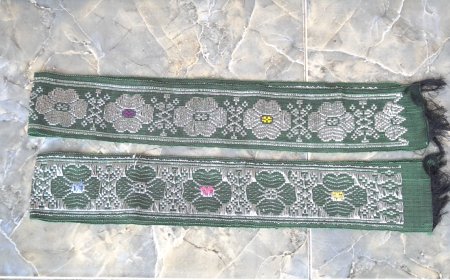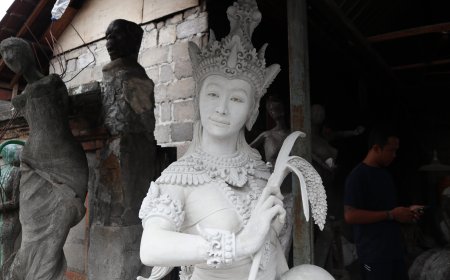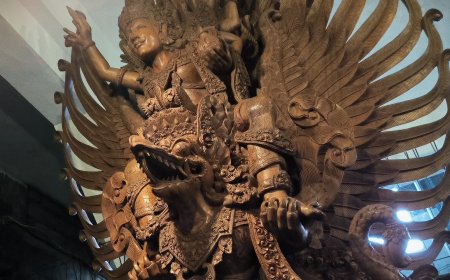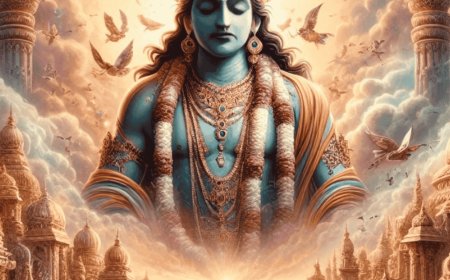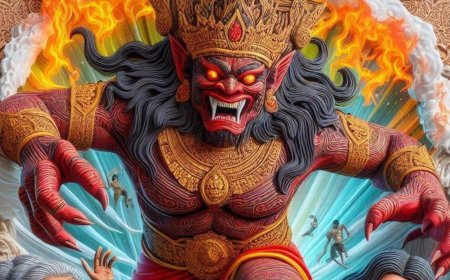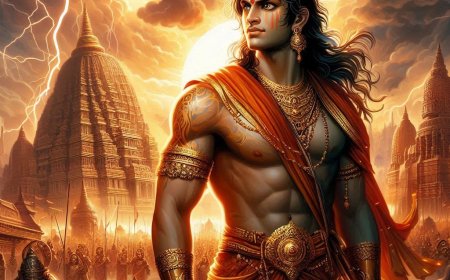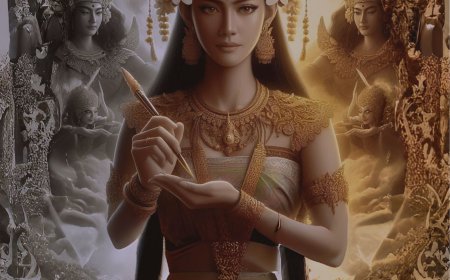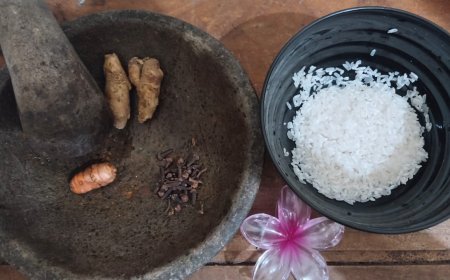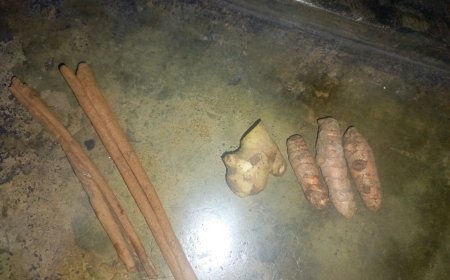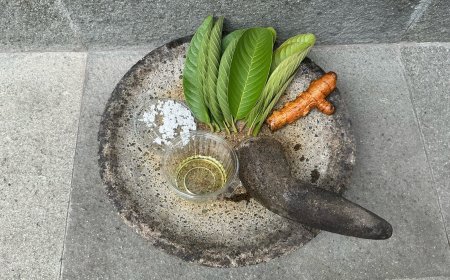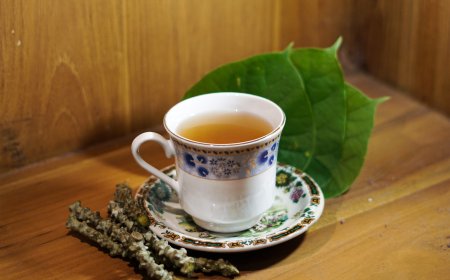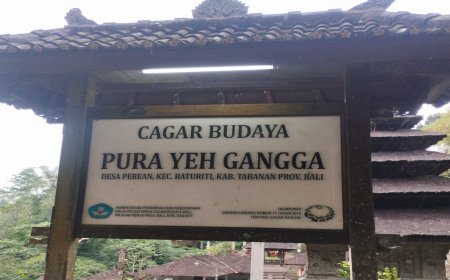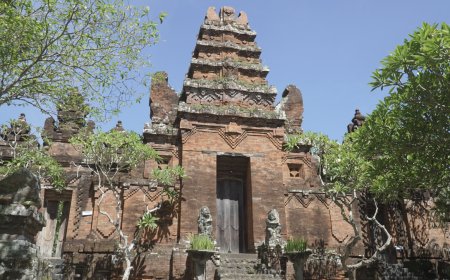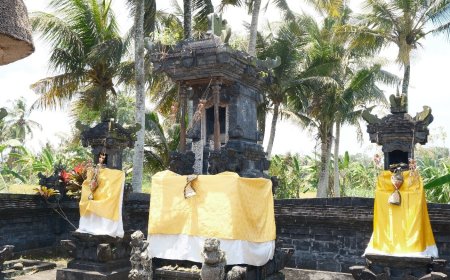Pura Tegal Penangsaran: The Abode of Ida Bhatara Sanghyang Jogor Manik as a Symbol of Hell and Soul Judgment
Pura Tegal Penangsaran is one of the temples located within the Pura Besakih complex in Bali. This temple serves as a place for the judgment of atma (souls) by Ida Bhatara Sanghyang Jogor Manik and stands as a symbol of hell in Balinese Hindu tradition. With elements such as the Taru Curiga tree, symbolizing the suffering caused by sins, this temple teaches the importance of living in accordance with dharma. The temple's piodalan (anniversary) is celebrated on Buda Kliwon Wuku Ugu, making it a spiritually significant site filled with moral lessons for Hindu devotees.
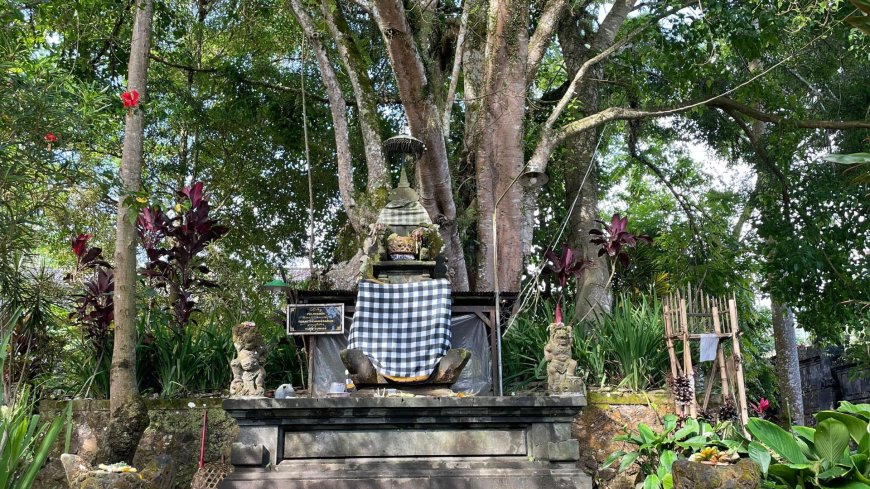
Pura Tegal Penangsaran is one of the important temples in the Hindu tradition of Bali. This temple is known as the abode of Ida Bhatara Sanghyang Jogor Manik, a spiritual figure responsible for judging the atma or soul of humans based on their deeds during life. In Balinese spirituality, this temple holds profound significance as a symbol of the underworld and a place of judgment for sinful souls, where the justice of karma is upheld.
This temple serves not only as a place of worship but also as a means of spiritual reflection for Hindus. Through the rituals performed, devotees are encouraged to contemplate the meaning of life, improve themselves, and understand the importance of living virtuously. With its architecture reflecting the spiritual values and mythology of Bali, Pura Tegal Penangsaran stands as a reminder to humanity of their responsibility towards karma and maintaining harmony in the universe.
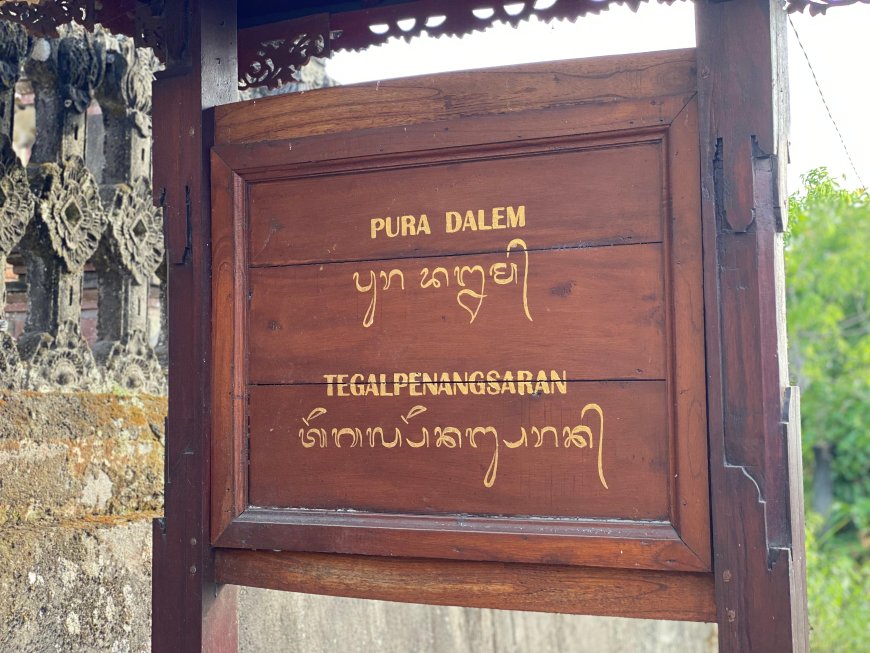
Pura Tegal Penangsaran (Photo Source: Personal Collection)
Pura Tegal Penangsaran is described as a court for souls who, during their lives, committed sins, especially those who caused suffering or emotional pain to others. In Lontar Atma Prasangsa, it is stated that this temple is specifically reserved for atma that remain tainted by sins from their wrongdoings.
The temple features a Pelinggih called Pelinggih Tegal Penangsaran. Behind this shrine stands a large tree called Taru Curiga, symbolizing a tree bearing sharp weapons believed to grow in hell. The presence of Taru Curiga serves as a reminder of the consequences of wrongful actions committed during one's lifetime.

Taru Curiga Tree (Photo Source: Personal Collection)
Pura Tegal Penangsaran has its piodalan day on Buda Kliwon Wuku Ugu, a sacred day that holds deep meaning in the Balinese Hindu tradition. On this occasion, Hindus gather at the temple to perform collective prayers, seek blessings, and strengthen their spiritual connection with Sang Hyang Widhi Wasa.
In addition to the piodalan, during the seventh month of the Balinese calendar (sasih kapitu), the temple becomes the center of significant spiritual activities with the observance of the Yadnya Ngusaba Kapitu ceremony. This ritual is typically held on the 1st, 3rd, or 5th day of sasih kapitu, determined according to the traditional Balinese calendar. Yadnya Ngusaba Kapitu is one of the major ceremonies aimed at seeking safety, universal balance, and harmony between the physical (sekala) and spiritual (niskala) realms.
Through a series of solemn rituals, Hindus offer various forms of offerings as a gesture of respect to Ida Sanghyang Jogor Manik, who is believed to be a manifestation of God maintaining the balance of the universe. These offerings include banten (ritual offerings), sacred dances, devotional songs (kidung puja), and other religious symbols that carry sacred prayers.
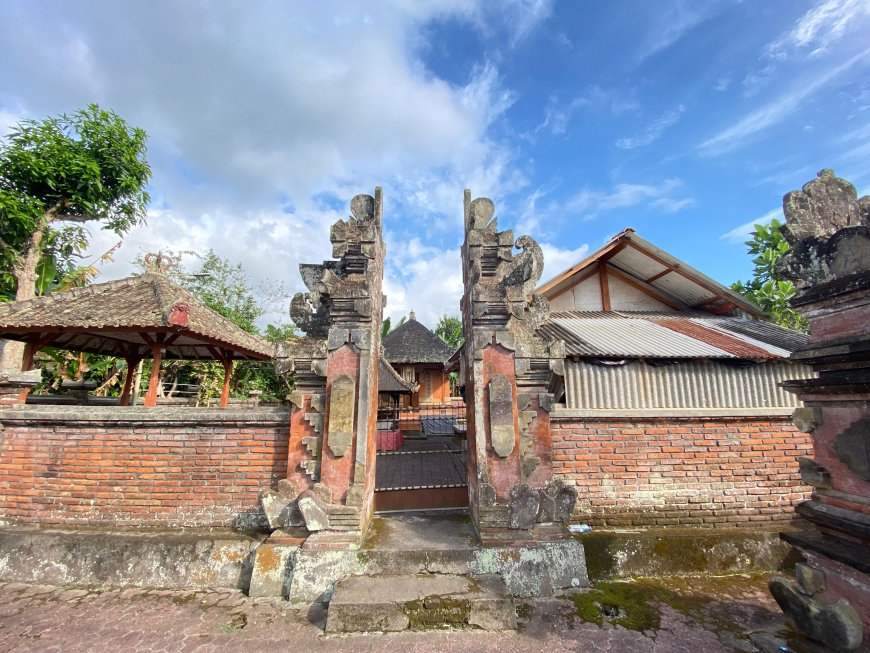
Candi Bentar, Entrance Gate to Pura Tegal Penangsaran (Photo Source: Personal Collection)
Additionally, this temple is part of the ritual series of mediksa or self-purification. After someone undergoes seda raga (death), souls that have not been purified through Pitra Yadnya are believed to gather in this place. In spiritual narratives, the Tegal Penangsaran area is depicted as a vast, dry desert where helpless souls lie waiting.
Pura Tegal Penangsaran is also connected to Pura Dalem Puri Besakih. Within the Pura Besakih complex, there is an open field also called Tegal Penangsaran. According to tradition, this is the location where Sri Jayakasunu received divine teachings or pewarah-warah from Bhatari Durga regarding major ceremonies such as Eka Dasa Rudra, Tawur Kesanga, Galungan, and Kuningan.
As part of the Tri Mandala of Pura Besakih, Pura Tegal Penangsaran serves as the sor mandala, or the outer area. This role makes it a symbol of the final judgment for atma that have yet to achieve perfect purity.
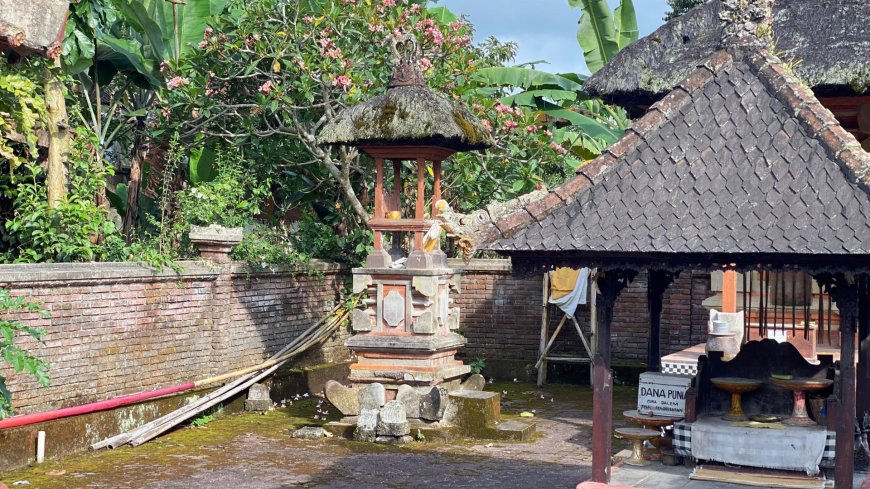
Inner Courtyard of Pura Tegal Penangsaran (Photo Source: Personal Collection)
Pura Tegal Penangsaran is not only a symbol of justice and the judgment of the atma (soul) but also a reminder of the importance of doing good deeds during life. This temple teaches Hindus to reflect on their actions through sacred rituals that seek safety and forgiveness for sins.
The presence of the Taru Curiga tree adds spiritual significance to the temple, believed to be a symbol of magical power that reminds humans of their connection with nature. The stories surrounding it enrich the temple's religious value within the Balinese Hindu tradition.With its preserved traditions, Pura Tegal Penangsaran stands as a symbol of harmony between humans, nature, and Sang Hyang Widhi, inspiring devotees to live with wisdom and compassion.
